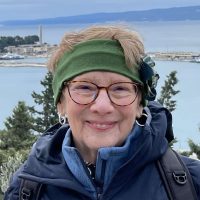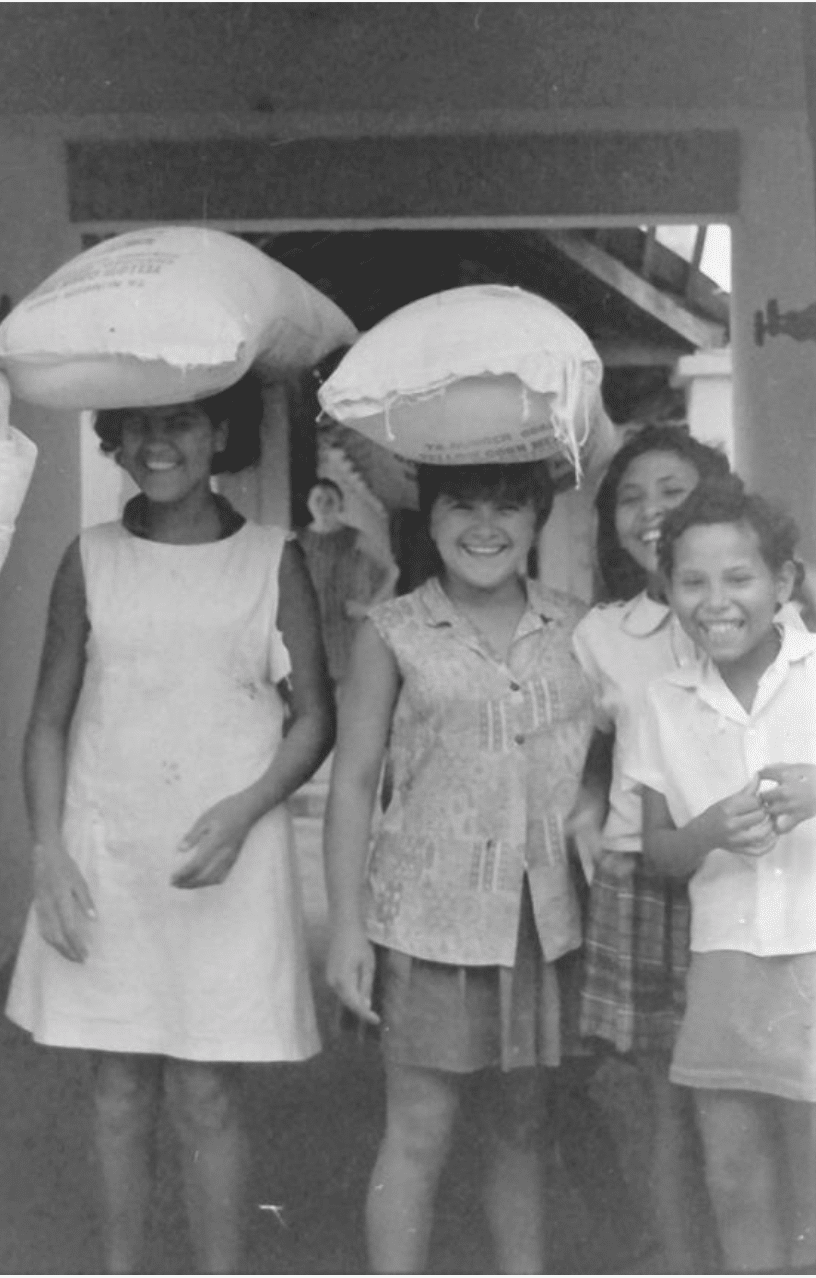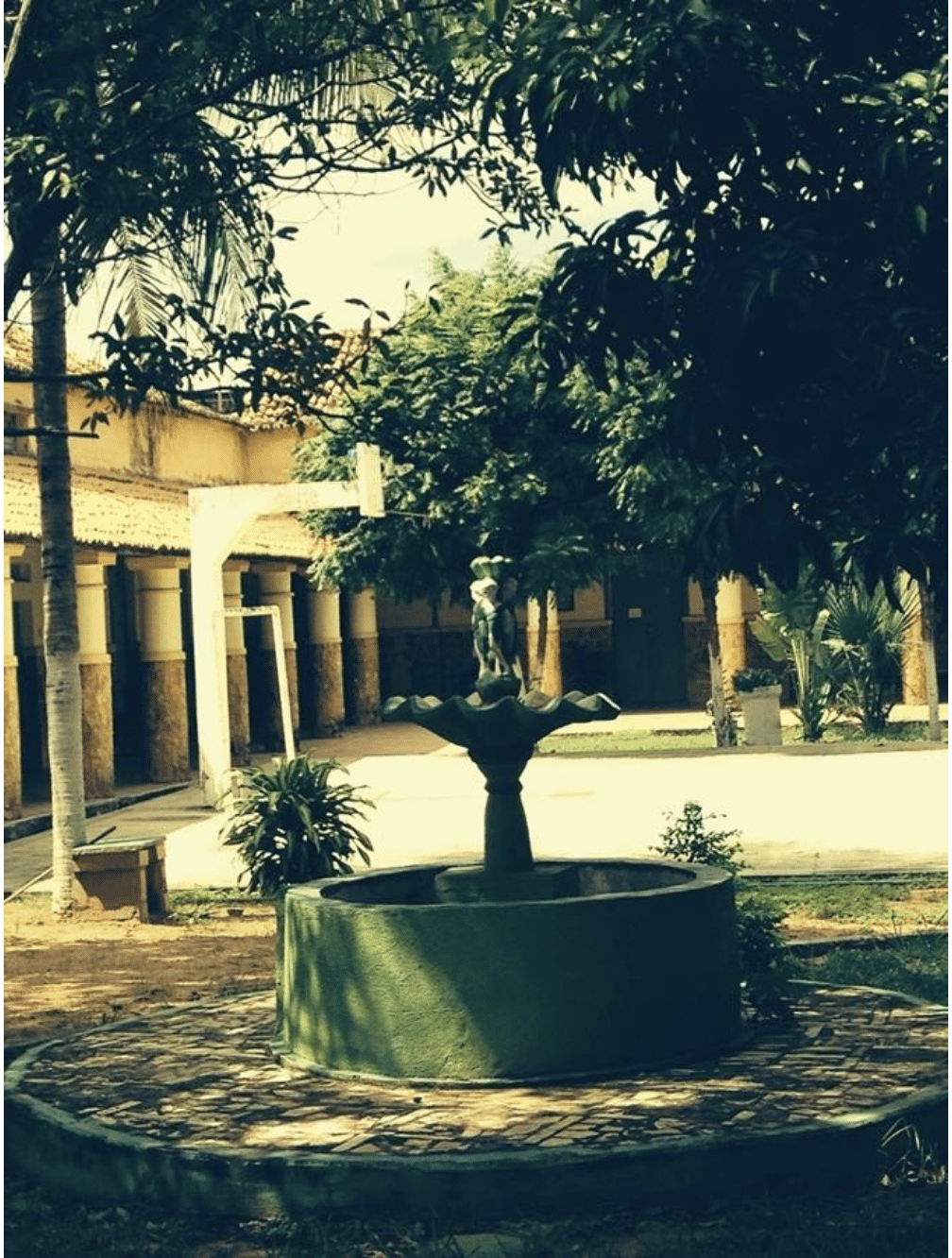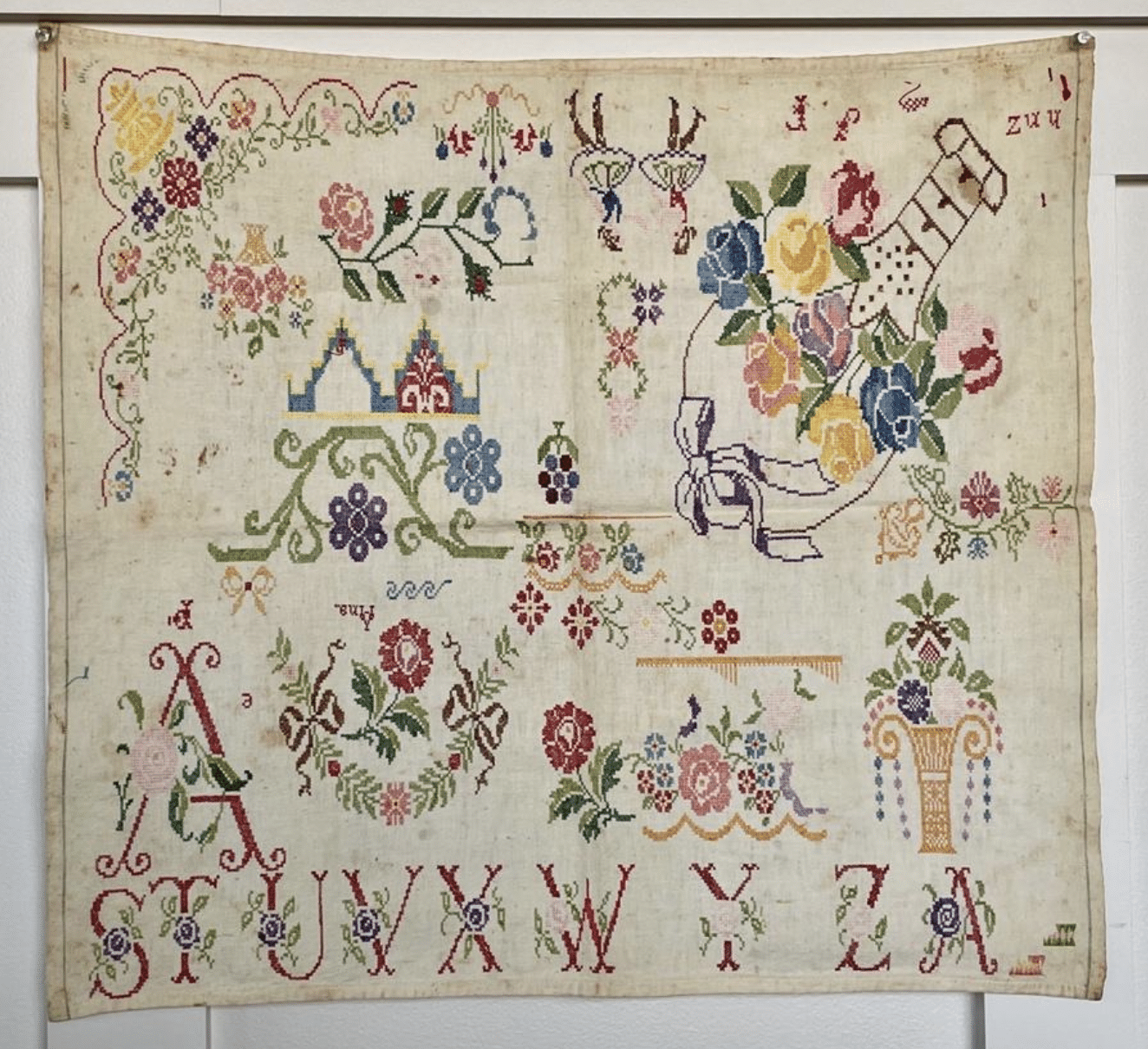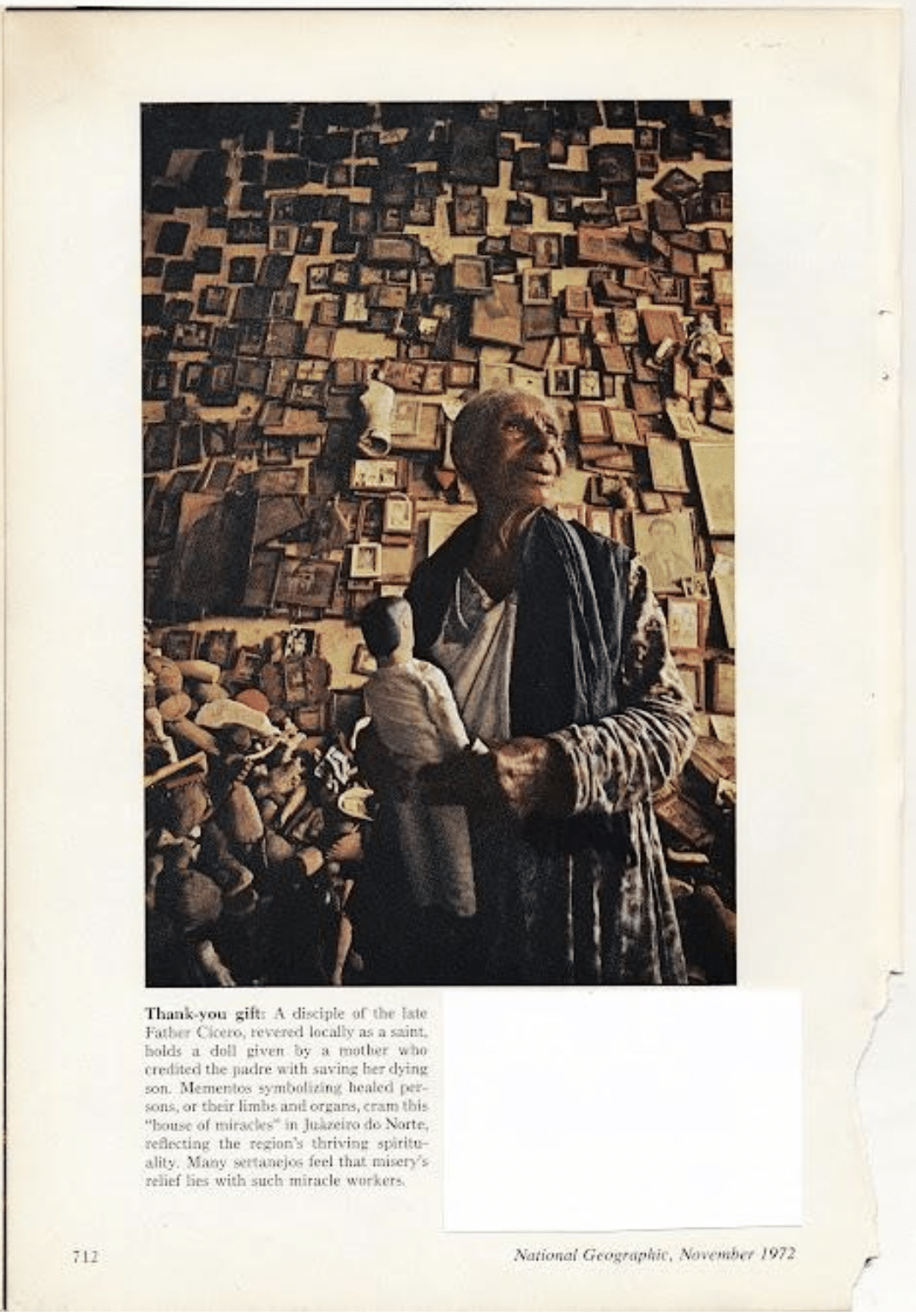In 1967 there was no virtual world except for the world of one’s imagination. After finishing a liberal arts degree in art education at Chatham College in Pittsburgh, I imagined Peace Corps could offer me an escape from my religious, blue-collar upbringing – a path to travel and adventure, and, of course, a way to fulfill my altruistic desires. Much to my parents’ dismay, I left for a Peace Corps training program at the University of Wisconsin, Milwaukee. After three months of studying Brazilian culture, history, and language, I returned to Pittsburgh and packed the Peace Corps trunk with a two year’s supply of tampons, a silk screen to make art, and plenty of naïveté.
There was no way the stateside Peace Corps Training Program could have prepared me for the reality in which I found myself. Brazil/35 was a Health Education program for the Northeast, Brazil’s poorest area. Our group’s mission was to teach basic health and hygiene (wash hands, boil water!).
After a sweaty 17 hour train ride from Fortaleza, Ceara to my volunteer site at Crato, I was met at the train by three young women from the teacher training school. My Peace Corps assignment was to help create health and hygiene lesson plans for the rural primary students they served. After spending some time struggling to communicate with them, I was unsuccessful in establishing a connection. I realized my rudimentary Portuguese was impeding me from developing a relationship with the Normal School teachers. How was I to help them create lesson plans that would save their students’ lives?
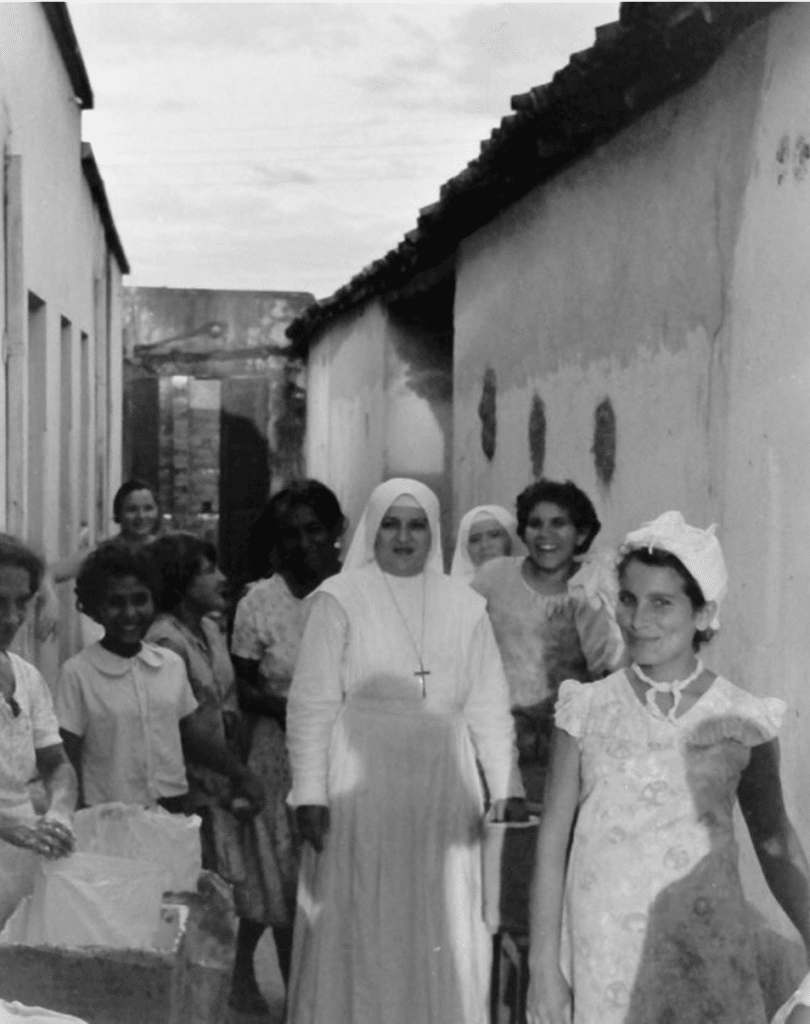
A week or so later Madre Esmeraldo appeared in the doorway of the hospital room where I was temporarily living. News had traveled fast to Madre Esmeraldo, a young, energetic nun who with a small group of novices tended to the spiritual and educational needs of the women and children of a local neighborhood, Bairro de Seminario. She knew that I was a Voluntario de Paz “sent by JFK.” The Mothers’ Clubs that she had organized received Food for Peace from USAID, (United States Agency of International Development). The Clubes met several times a week, and while the women embroidered delicate cross stitch samplers, Madre Esmeraldo talked about spiritual issues and family relationships.
Madre Esmeraldo invited me to live in a room in the seminary. There I ate and conversed with the novices, chatted with the seminary students, did art activities with the bairro children, and finally presented health and hygiene flip chart lessons which I drew. After each meeting Madre Esmeraldo doled out Food for Peace.
The ever-hopeful women graciously embraced me, though why I was there remained a mystery to them. Some in the bairro whispered that there had never been microbios in their well water until the Americana arrived! Madre Esmeraldo disabused the women in the Mothers’ Clubs of this belief. Also, she facilitated my desire to move into a neighborhood mud, tile-roofed house that she ordered renovated. She directed that electricity be installed; a privy dug in the backyard; and well water be delivered to my house by a neighbor girl. The neighbors invited me to their homes for dinner, for their children’s birthday parties, and for Umbanda festivities (a combination of Afro-Brazilian traditions and Catholicism). I walked in Easter processions. In November, 1968 I made a pilgrimage to “Padre Cicero’s ‘house of miracles’ where people leave mementos symbolizing healed persons or their limbs and organs…” *
Mysteries, superstitions, spirituality, and an ingrained belief that it was God’s will that the rains didn’t come or that their two-week-old baby died had been Nordestinos’ rationalization of their plight for forever! I dealt with the suffering that I saw around me by creating art – a silk screen of Padre Cicero.

Fast forward fifty years to the virtual world of 2014. My husband Michael, who was also a Volunteer in Brazil/35, and I returned to Fortaleza for the World Cup and for the opportunity to return to our sites in the interior. While in Crato, we visited a woodcarving workshop and asked one of the carvers to make an image of a baby. Our son and his wife (both Peace Corps Volunteers in Honduras 2004-2006) were having trouble conceiving. A milagro couldn’t hurt! Mysteriously, the little wooden baby looked like the carving of Padre Cicero that I had bought 50 years earlier. A year later Colin Michael Kirwin was born.
* November, 1972 National Geographic, “Drought Bedevils Brazil’s Sertao.”

